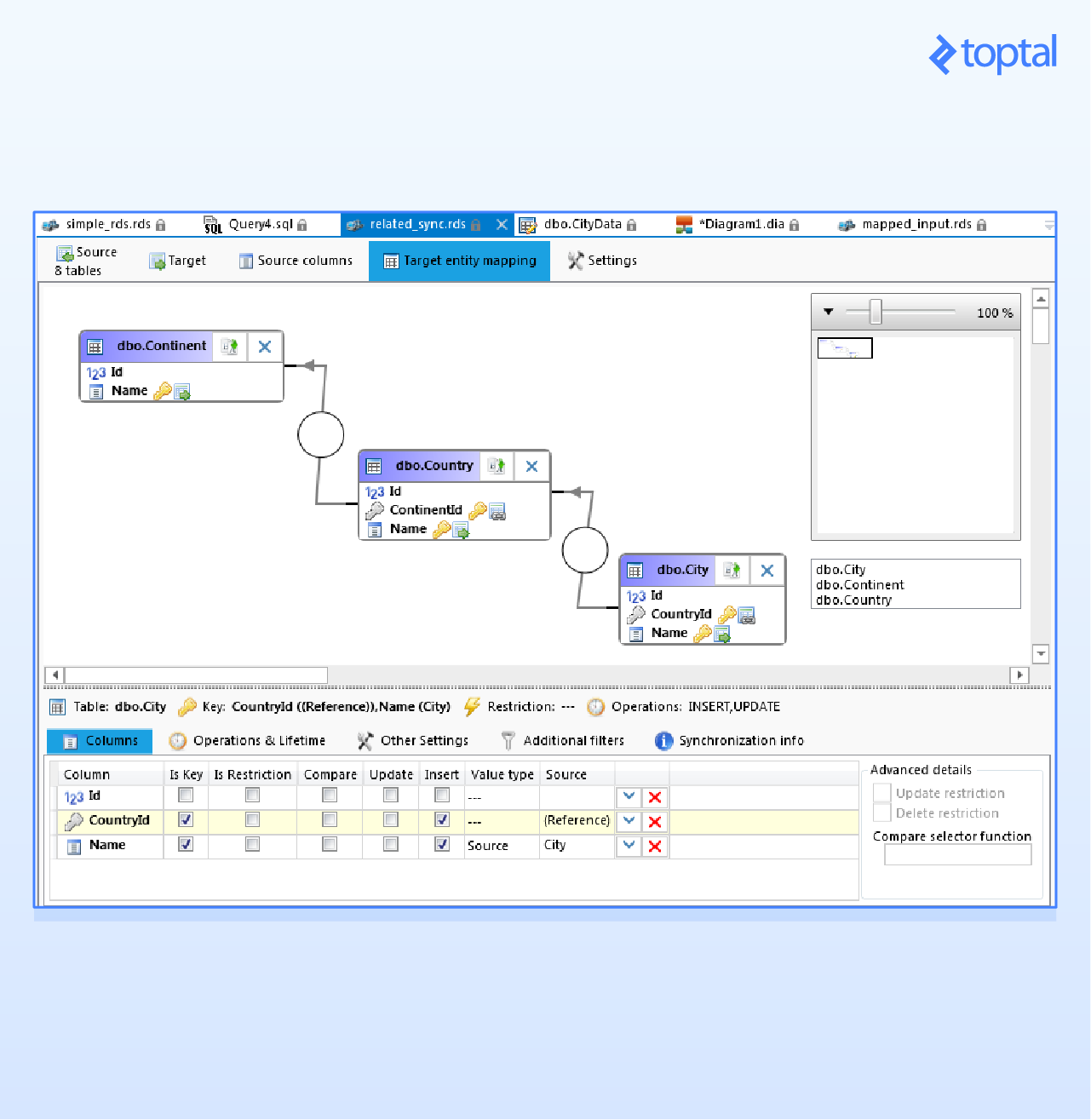Many years ago, I created a simple demo about “Creating a Simple Registration Form using the ADO.NET way”. In this article, we’re going to look at how to create a simple form that would allow users to perform basic database operations, such as fetch, insert, update and delete using L2S. As an overview, LINQ to SQL is a technology that allows you to query SQL Server database. LINQ to SQL is an O/RM (object relational mapping) implementation that ships in the.NET Framework 'Orcas' release, and which allows you to model a relational database using.NET classes. You can then query the database using LINQ, as well as update/insert/delete data from it. I will not cover much on details about it in this article.
So, if you need to know more about this technology, then you can refer to this. Let’s Get Started!
To get started, let’s go ahead and fire up Visual Studio and create a new WebSite by selecting File > New WebSite. Adding a DBML File Since we are going to use L2S, we need to add a.dbml file. To do this, just right click on the application root and select Add New Item. On the template, select LINQ to SQL Classes file, just like in the figure shown below, Rename your.dbml file the way you want it and then click OK.
Note that I’m using the Northwind database for this particular demo, and on that account, I have renamed the.dbml file to Northwind for simplicity. Now, open up server explorer in Visual Studio and browse the database that you want to work on (in this case, the Northwind database).
How to generate Serial numbers +Add 1 in select statement. I don't know much about SQL Server but either one of these will work: SELECT party_code, 1 + ROW_NUMBER() OVER (ORDER BY party_code) AS [serial number] FROM myTable ORDER BY party_code. How can I do an UPDATE statement with JOIN in SQL?
Just for the purpose of this example, we’re going to use the Customers table from the Northwind database. Drag and drop the aforementioned table to the Northwind.dbml design surface.

See the screenshot below, What happened there is that by the time you drag a table in the design surface, L2S will automatically generate the business object for you within the DataContext, and let you query against it. The DataContext is the main gateway by which you retrieve objects from the database and resubmit changes.
You use it in the same way that you would use an ADO.NET Connection. In fact, the DataContext is initialized with a connection or connection string you supply.

The purpose of the DataContext is to translate your requests for objects into SQL queries made against the database and then assemble objects out of the results. Filelist xml txt far cry 4 map. The DataContext enables language-integrated query (LINQ) by implementing the same operator pattern as the standard query operators, such as Where and Select. Setting Up the GUI Now, let’s go ahead and create a new WebForm’s page for data entry.
Archive
- Csr Harmony Bluetooth Software Stack Youtube To Mp4
- Download Buku Discipline Belajar Bahasa
- Inpa 502 Updated 2017
- Modio 3 Game Tuts Ps3 Error
- Convert Serial Number To Udid Iphone
- Game Billiard Terbaik Untuk Pcs
- The Flash Full Movie In Hindi Online
- Craigslist Email Harvester Cracked
- Tomtom Karten Crack Anleitung Zum Selbstmord
- Torrent Paris Je T Aime Spanish Rice
- Contoh Rpp Pai Sd Kurikulum 2013 Paud Pdf
- Vista Seismic Processing Help